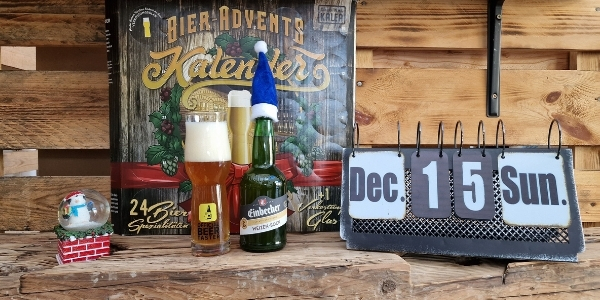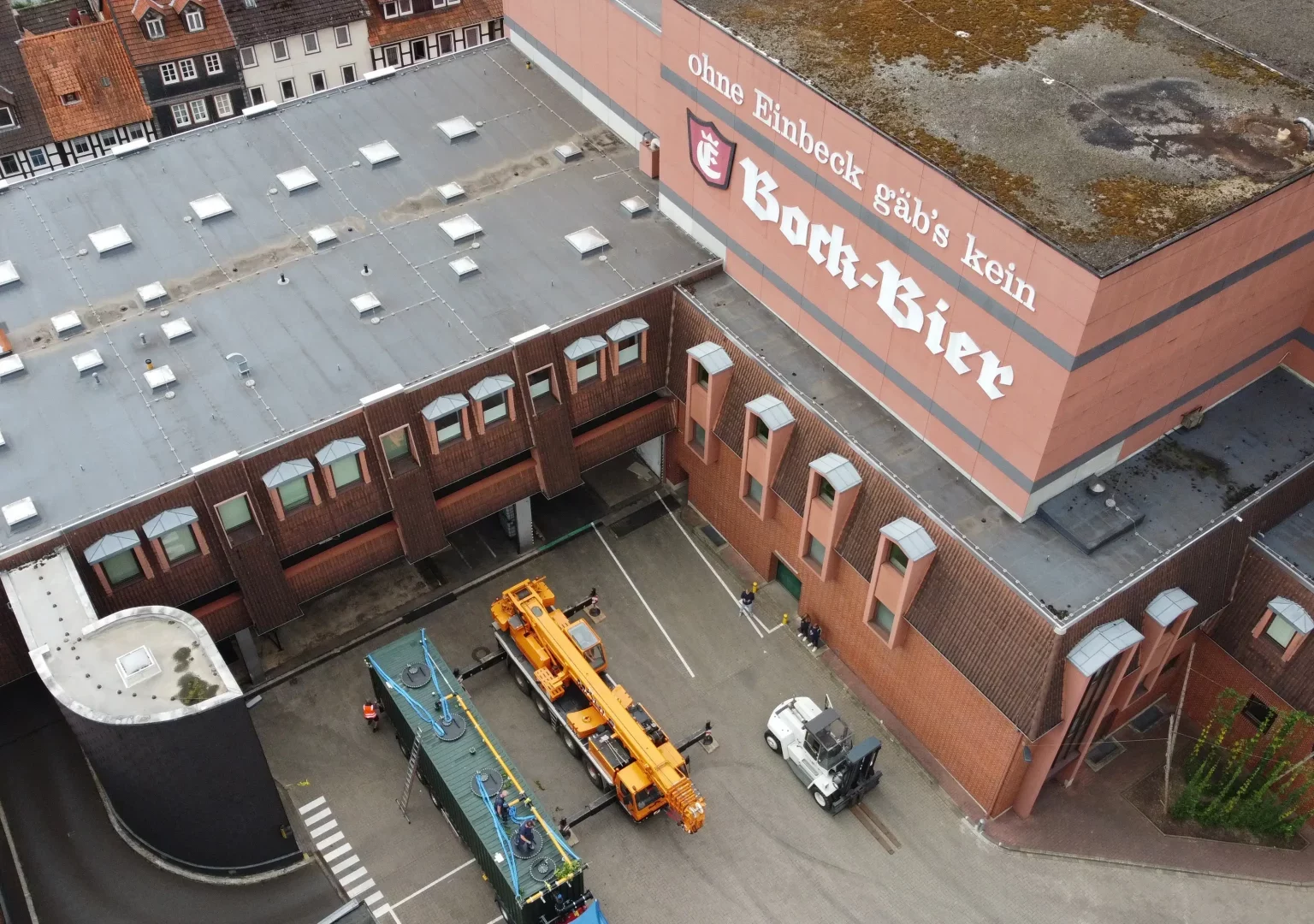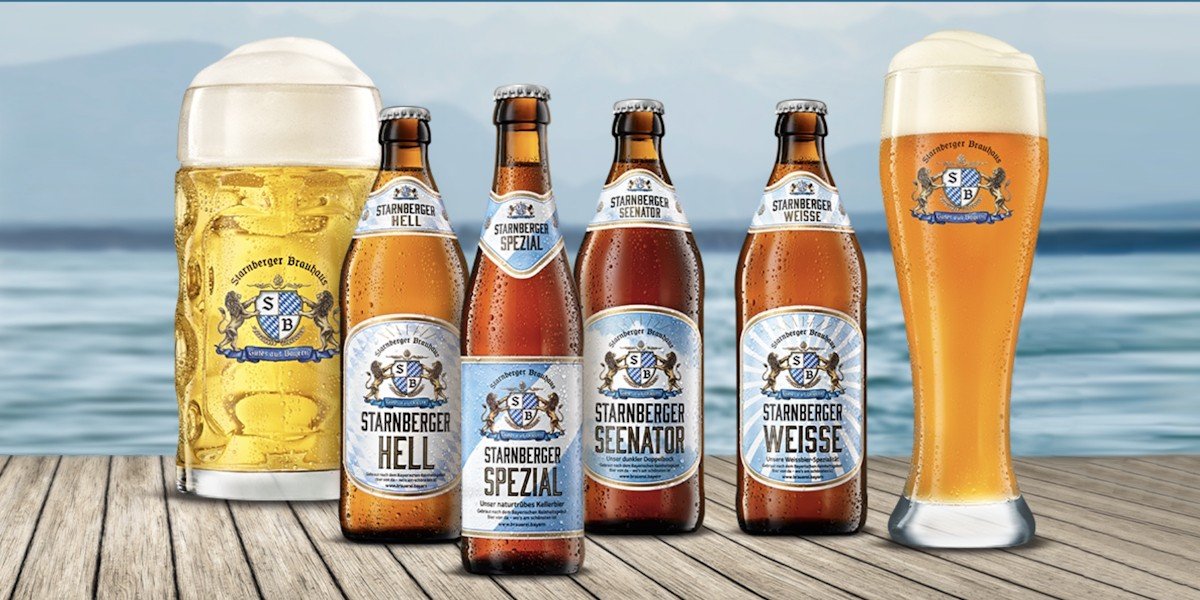Beer Advent Day 15: Einbecker Wheat Bock
For the 3rd Advent, we let Martin Luther have his say: “The best drink that anyone knows is called ainpöckhisch beer.”
“Ainpöckhisch beer” becomes bock beer
In the 14th century, beer from Einbeck was already known and loved far beyond the borders of the Hanseatic city. 700 brewers brewed more than the citizens of the city could drink. The town council bought up the surplus production and marketed it throughout Germany and abroad - from Amsterdam in the west to Reval in the east. The beer reached the far north and the south. The Einbeckers brewed strongly, so the beers arrived at their destinations tasting delicious.
The people of Munich in particular loved the Einbecker. In 1614, they brought the Einbeck master brewer Elias Pichler to the Hofbräuhaus so that he could brew the good strong beer. We already told you about it yesterday. The Bavarians, who speak in a broad dialect, probably didn't call the beer “Ainpöckhisches”, they called it “Oanpock” in Bavarian, and finally just “Bock”.
So without Einbeck, there would be no Bock beer.
Einbecker Böcke
Today's beer is vaguely reminiscent of the brew that conquered the world from Einbeck. It comes from the brewery that has stood the test of time in the Hanseatic city. The Einbecker Brauhaus has mastered the art of brewing strong beer just like in the old days. And the master brewers vary. There is the Mai-Ur-Bock in spring and the Winter-Bock in fall. The Einbecker Ur-Bock Dunkel and the Einbecker Ur-Bock Hell are available all year round - and our Advent beer today, the Weizen-Bock.
Einbecker Weizen-Bock
Golden yellow with a slight yeast turbidity. Thanks to fruity aromas from the wheat beer yeast, this top-fermented beer specialty provides a very special bock beer enjoyment. The bock unfolds its full aroma when it is allowed to warm up a little: eight to ten degrees Celsius is ideal.











.jpg)








Comments
0